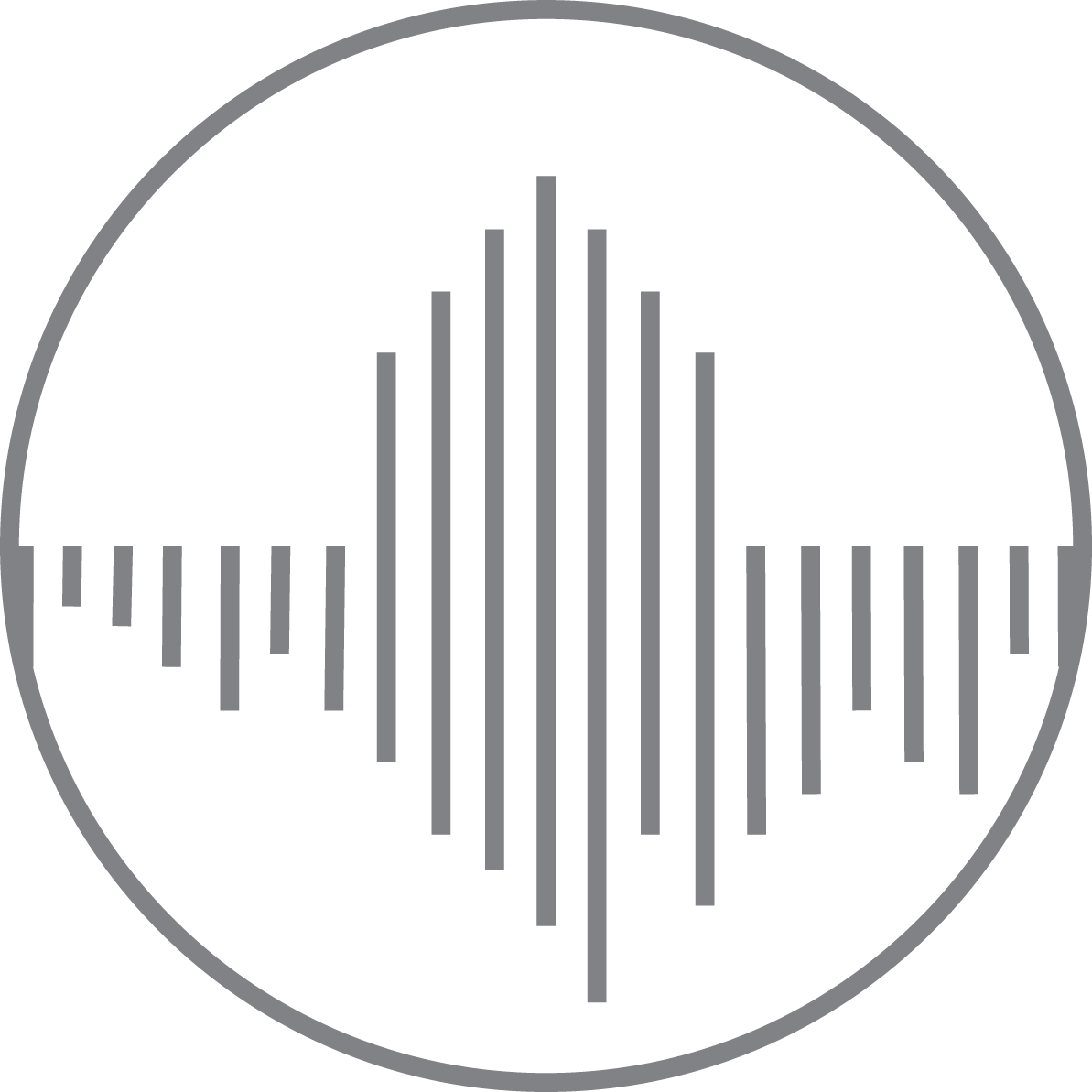The Blower Door Test
The blower door airtightness test is an essential tool for improving the energy efficiency and indoor air quality of buildings in New Zealand. This test involves using a blower door fan to create a pressure difference between the inside and outside of the building, allowing for the measurement of the air infiltration or exfiltration rate. The test is critical for identifying areas of the building envelope that may be leaking air, leading to energy loss, higher utility bills, and compromised indoor air quality.
Why the Blower Door Airtightness Test Matters: In addition to these benefits, the blower door airtightness test can help buildings meet regulatory requirements and achieve green building certifications in New Zealand. Many certification programs, such as the Homestar and Passive House standards, require a certain level of airtightness to be achieved in order to receive certification. By identifying air leaks and making targeted improvements to the building envelope, building owners and managers can improve the energy efficiency and overall performance of their buildings while meeting regulatory requirements and achieving green building certifications.
How the Blower Door Airtightness Test Works: To conduct a blower door airtightness test, a technician installs the blower door fan in a doorway of the building and adjusts the fan speed to create a standard pressure difference of 50 Pascals. During the test, the technician uses a manometer to measure the pressure difference between the inside and outside of the building and identifies areas of air leakage using a smoke pencil or thermal imaging camera.
Requirements for Homestar and Passive House Standards: Both the Homestar and Passive House standards are popular certification programs in New Zealand that emphasize sustainable and energy-efficient building practices. These programs place a strong emphasis on airtightness and require a blower door airtightness test as part of the certification process.
The Homestar standard, developed by the New Zealand Green Building Council, measures the overall sustainability of a home and requires a minimum airtightness level of 5 ACH50 (air changes per hour at 50 Pascals) to receive certification. The Passive House standard, an internationally recognized building performance standard, focuses on achieving a high level of energy efficiency and comfort and requires buildings to meet strict energy efficiency requirements, including a maximum airtightness level of 0.6 ACH50.
In summary, the blower door airtightness test is a valuable tool for identifying air leaks and improving the energy efficiency and indoor air quality of buildings in New Zealand. Certification programs such as the Homestar and Passive House standards require a certain level of airtightness to be achieved, making the blower door airtightness test a critical component of the certification process. By investing in improving airtightness, building owners and managers can not only meet regulatory requirements but also save on energy costs and improve overall building performance.

